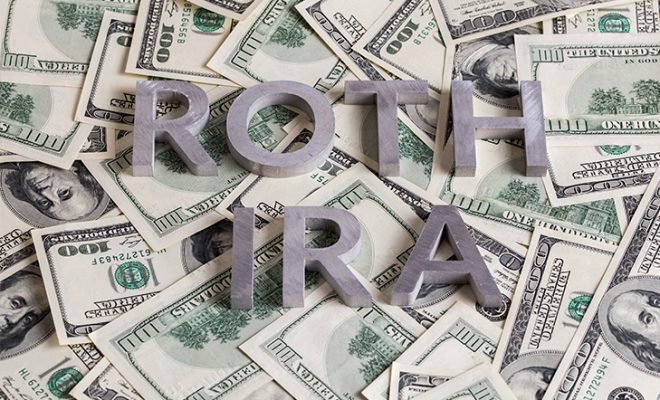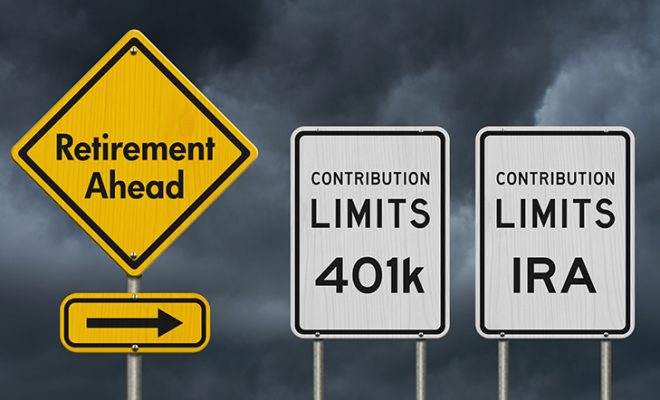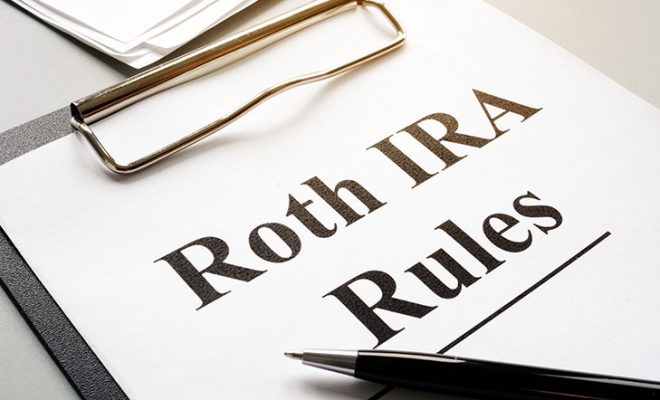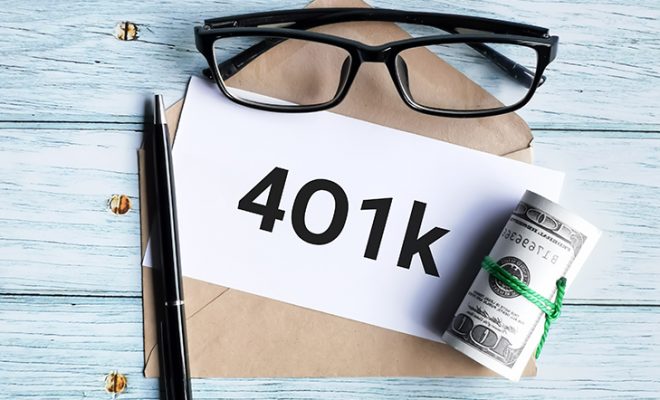Things You Must Know About Backdoor Roth IRAs
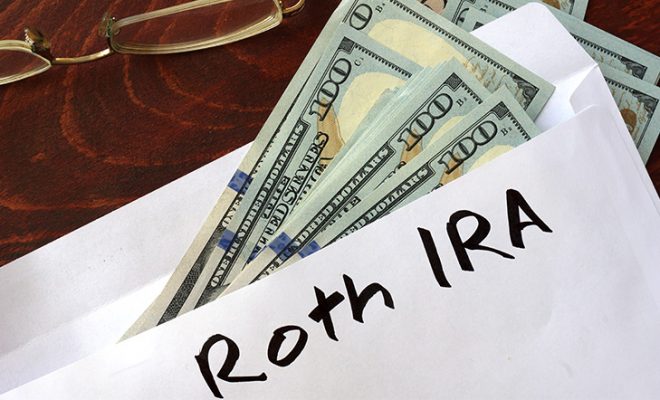
Although there are many retirement savings options available to investors, every savings account comes with its unique set of rules and restrictions. The eligibility criterion for all accounts is also different. The Internal Revenue Service (IRS) does not allow people with high earnings to put funds into some tools. One such account is the Roth individual retirement account (Roth IRA). This account is particularly attractive because it offers tax benefits. The individual pays taxes on the funds before they are channelled into a Roth IRA. Thus, the amount withdrawn from the account is exempted from tax, making it a smart savings instrument for retirement. In addition to this, unlike other IRAs, investors are not mandated to make any required minimum distributions (RMDs) from their Roth IRA once they reach the age of 70.5.
But, the maximum income limitation makes individuals adopt the backdoor Roth IRA approach to garner its advantages. This approach involves the conversion of a conventional IRA or 401(k) account into its Roth equivalent. Backdoor Roth IRAs are not a categorically different type of retirement account. It is just the converted version of the usual kinds of retirement accounts. It is also necessary to understand that the backdoor Roth IRA is not an illegitimate strategy.
Backdoor Roth IRA Fundamentals
An individual below the age of 50 is allowed to annually contribute $6,000 to a Roth IRA, while annual contributions can be $7,000 for those above the age of 50. It must be noted that these limits become null and void in the case of a backdoor Roth IRA. This account leads to the enhancement of investment without the tax liability on the withdrawal of funds.
However, to establish a Roth IRA, the maximum modified adjusted gross income (MAGI) is defined by the following rules as per the IRS:
- The limit is $139,000 for filing by a single taxpayer
- For joint filing, the limit is increased to $206,000
- In the case of qualified widows or widowers, the limit is $206,000
These figures are often changed to accommodate inflation, but they are not applicable for a backdoor Roth IRA. These limits are also the reason why individuals use the backdoor strategy as the IRS does not impose any income limits on the conversion of conventional IRAs to Roth IRAs.
Backdoor Roth IRA Benefits
Individuals falling under the high-earning category can benefit from this account in the following ways:
- No Income Limitation
- No Tax Liability
- No Required Minimum Distributions (RMDs)
Individuals earning high incomes enjoy this benefit because they can save a considerable amount of money through a backdoor Roth IRA. While there are earning thresholds on usual Roth IRAs, when the earners convert their traditional IRA to a Roth IRA, they do not have to follow any income limits. This gives them the advantage of allocating a significant amount of their earnings to a backdoor Roth IRA.
Another accessible advantage associated with this account is that no tax has to be paid by the taxpayers on the withdrawals made from this account. Unlike a traditional IRA, this account is tax-deferred. This tax leeway gives Roth IRAs substantial leverage over other retirement savings instruments.
This again is a very sought-after attribute of a backdoor Roth IRA. Conventional IRAs require retirees to withdraw a certain amount of funds from their accounts every year, once they reach the age of 70.5. However, Roth IRAs do not impose any such obligation similar to RMDs on the retirees. Individuals can withdraw funds from their accounts as per their convenience and requirements. There is no restriction on the amount of money that can be withdrawn from a Roth IRA. This is an extremely attractive benefit for retirees who have limited sources of funds and prefer keeping them safe in accounts as long as there is no need for hard cash.
These benefits make a Roth IRA a lucrative savings option for taxpayers.
Backdoor Roth IRA Creation Process
The process of establishing a backdoor Roth IRA is not very elaborate but requires precision. The main component of this process is the traditional IRA. This is because these accounts do not entail any income limits. This implies that individuals can contribute as many earnings to these accounts as they desire. Here are the stages of creating a backdoor Roth IRA:
Stage 1:
The first step towards the establishment of the backdoor Roth IRA is setting up a conventional IRA. High-income taxpayers cannot directly create a Roth IRA due to income limitations. But they can contribute the desired amount to a traditional IRA as there is no limitation on the amount that can be deposited in these accounts.
Stage 2:
The next step is the conversion of the established traditional IRA to a Roth IRA. Instant conversion is extremely significant to prevent any complications. Though the delay in conversion will not have any legal implications, there can be financial complexities, which will have to be dealt with before converting the account. Therefore, it is advisable to undergo the transition immediately.
Stage 3:
Now, it is entirely at the discretion of the taxpayer, whether they want to repeat this process next year. If the taxpayers aim to again contribute to a Roth IRA and their income slab does not make them eligible for it, then they can choose to opt for the backdoor Roth IRA approach again.
Explanation to Backdoor Roth IRA for Tax Savings
It is imperative to understand that the backdoor Roth IRA does not involve any form of tax evasion. It is an entirely legitimate way to establish a Roth IRA. This is because, when an investor establishes a traditional IRA as the first step, the amount that is contributed to this account is taxable. This implies that before being converted to the Roth IRA, the funds in a traditional IRA are taxable by the government.
Moreover, if there is a delay in the conversion, the investor will be liable to pay tax on any earnings made on the investment in the IRA. The returns earned on the investment increases the total amount that will have to be converted. This divergence from the original investment amount will have to be taken care of before the conversion is initiated. Thus, there is nothing illegal about the backdoor Roth IRAs.
To sum it up
Though the creation of a backdoor Roth IRA might appear to be a simple process, it does require caution and proper understanding. An individual cannot adopt a casual approach to this process. It is necessary to contribute a carefully thought out amount so that the investor does not land up paying excessive taxes instead of saving up on them. The conversion process also has to be carried out carefully without delays to avoid complications.
If you are thinking about converting your account into a backdoor Roth IRA, you can consider appointing an experienced and knowledgeable Financial Advisor to facilitate and implement this strategy.




